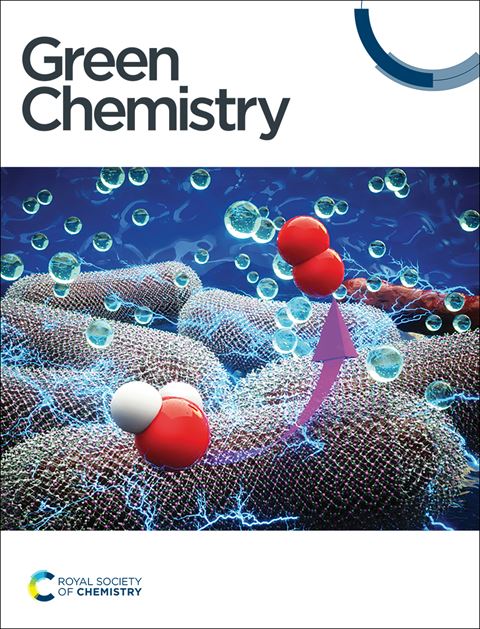1,2-trans and regioselective glycosylation of multihydroxy sugars via a simple yet synergistic combination of BF3·Et2O in THF†
IF 9.3
1区 化学
Q1 CHEMISTRY, MULTIDISCIPLINARY
引用次数: 0
Abstract
Carbohydrates play pivotal roles in numerous biological processes. The precise synthesis of structurally defined and pure carbohydrates is of paramount importance in pathological research and drug development. However, achieving stereo- and regioselective glycosylation during carbohydrate synthesis is often a tedious process that exhibits low atom economy. Herein, we present a surprisingly simple yet synergistic combination of BF3·Et2O in THF as a green solution to shorten the synthetic procedures, utilizing readily accessible imidate donor mixtures, regardless of their anomeric configuration. Glycosylation selectively occurs on the more nucleophilic hydroxyl group, giving 1,2-trans glycosides across a broad substrate scope in a highly stereo- and regioselective manner. This strategy is easy to apply and scale up, as demonstrated by an atom-economical synthetic route to achieve an oligosaccharide framework related to the Enterococcus faecalis antigen. Variable-temperature (VT) NMR studies revealed the formation of BF3·ROH complexes, suggesting their roles as the true promoters and acceptors during glycosylation. Density functional theory (DFT) calculations suggested that 1,2-trans selectivity arises from the energy discrepancy between putative transition states involving [BF3OR]− and the oxocarbenium–solvent complex.

求助全文
约1分钟内获得全文
求助全文
来源期刊

Green Chemistry
化学-化学综合
CiteScore
16.10
自引率
7.10%
发文量
677
审稿时长
1.4 months
期刊介绍:
Green Chemistry is a journal that provides a unique forum for the publication of innovative research on the development of alternative green and sustainable technologies. The scope of Green Chemistry is based on the definition proposed by Anastas and Warner (Green Chemistry: Theory and Practice, P T Anastas and J C Warner, Oxford University Press, Oxford, 1998), which defines green chemistry as the utilisation of a set of principles that reduces or eliminates the use or generation of hazardous substances in the design, manufacture and application of chemical products. Green Chemistry aims to reduce the environmental impact of the chemical enterprise by developing a technology base that is inherently non-toxic to living things and the environment. The journal welcomes submissions on all aspects of research relating to this endeavor and publishes original and significant cutting-edge research that is likely to be of wide general appeal. For a work to be published, it must present a significant advance in green chemistry, including a comparison with existing methods and a demonstration of advantages over those methods.
 求助内容:
求助内容: 应助结果提醒方式:
应助结果提醒方式:


